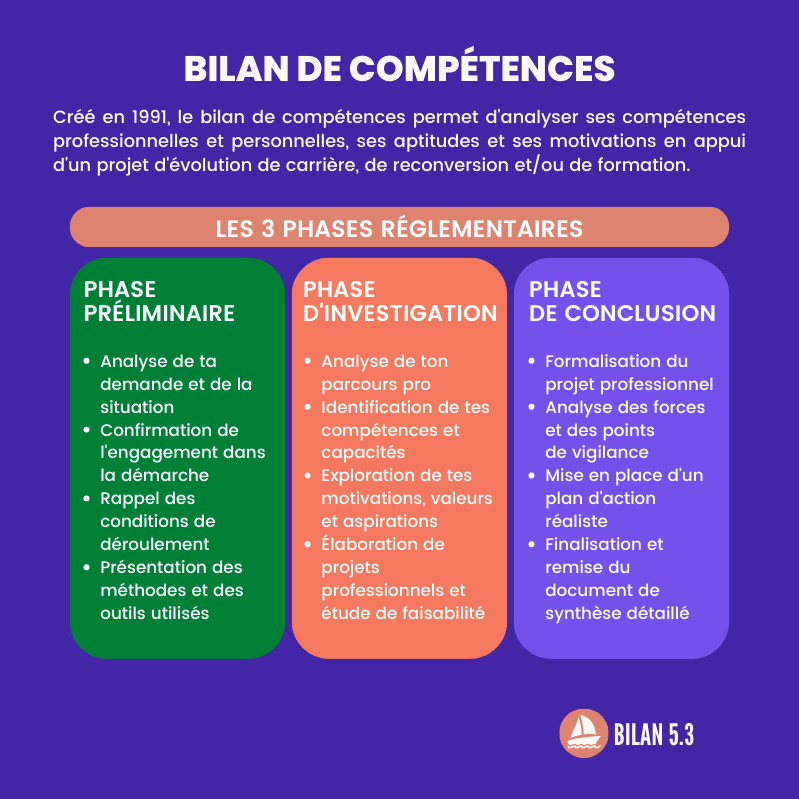Magic sponges produce too much microplastics, new study finds.

- The magic sponge is commonly sold in some supermarkets and DIY stores.
- The magic sponge is made of Basotect, a slightly abrasive melanin foam.
- Its use produces too many microplastics, according to scientists.
When faced with a stubborn stain, many people use “magic sponges”, a product commonly sold in some supermarkets and DIY stores. However, according to a new study, this product may not be good for your health.
Magic sponges: “a global emission of 4.9 trillion microplastics”
Also called an eraser, square or eraser, the magic sponge is made of Basotect, a slightly abrasive melanin foam.
“Abrasion of synthetic textile fibres is an important factor in the production of microplastic fibres (MPF) in the environment”, write the researchers in their report.
“Here, melamine cleaning sponges (also known as “magic sponges”) with different bristle densities were studied using an alternative abrasive,” they explain.
“The wear of the sponge could release 6.5 million MPFs/g, which could suggest a global emission of 4.9 trillion MPFs due to this product. Our study therefore reveals a hitherto unknown source of environmental contamination by microplastics and underlines the need to assess the exposure risks associated with this phenomenon,” scientists estimate.
“Microplastics are subjects of high importance for study”
Microplastics range in size from 5 millimeters to a few hundred nanometers, or 70 times smaller than the thickness of a hair. They are found everywhere in the environment: air, homes, waterways, land and oceans.
“All living species, from the smallest like zooplankton to the largest like whales, can ingest them,” noted Anses. “Given their high presence in rivers, seas and oceans and their impact on aquatic fauna and flora, fishery products and drinking water, microplastics are subjects of study of high importance,” continues the research center.
Microplastics: which products are banned from sale?
Under the European Union’s chemicals regulation (REACH), many products in which microplastics have been intentionally added are now banned from sale.
“In concrete terms, several categories of products have been immediately banned from sale, such as loose glitter and cosmetics containing exfoliating microbeads. Other products will be banned gradually, while companies find less polluting solutions. This is the case, in particular, for detergents (within 5 years), granular filling materials for synthetic sports fields (within 8 years), and other cosmetic products (within 4 to 12 years) for which microplastics are used to obtain a texture, fragrance or colour,” noted the Ministry of Ecological Transition.















